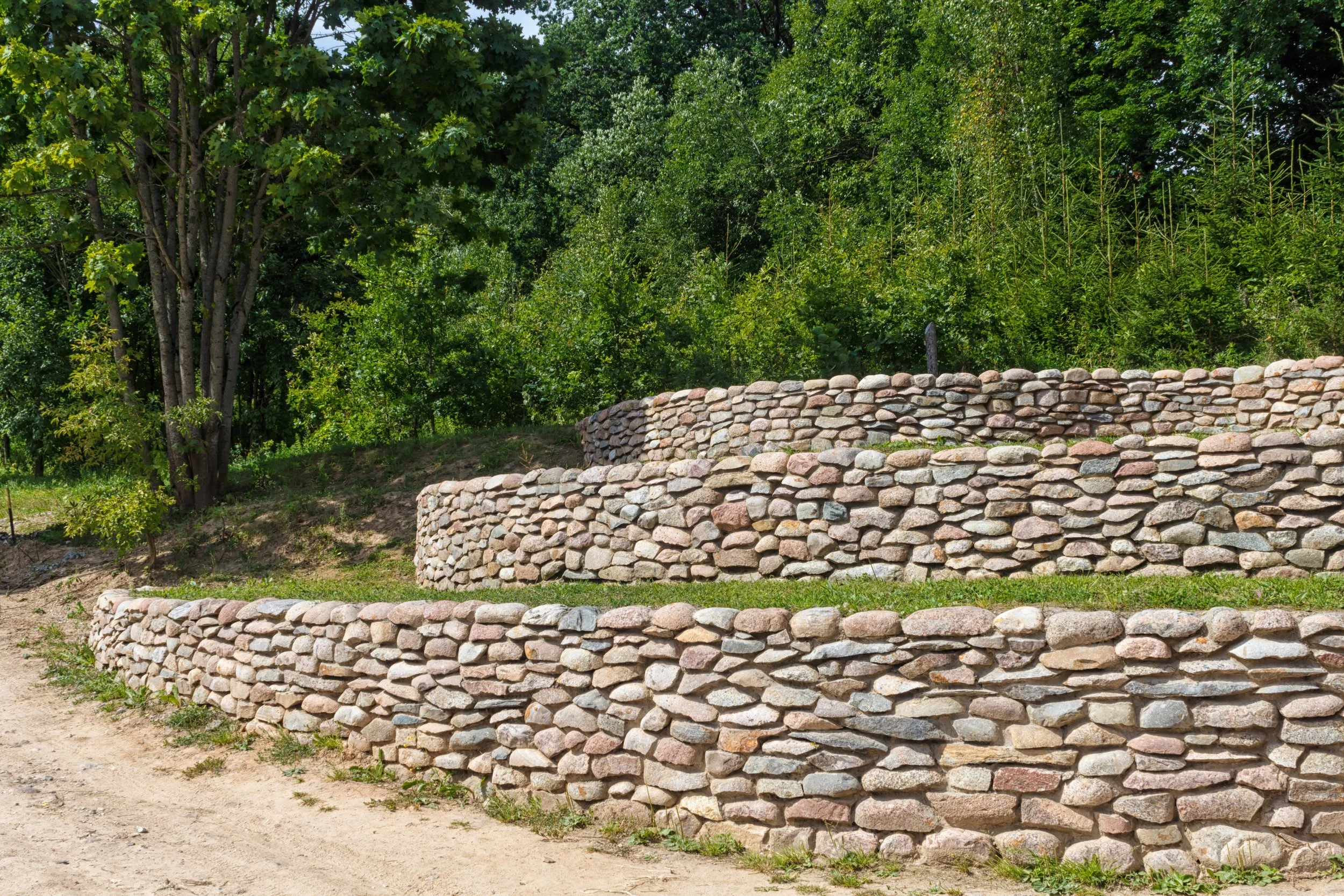Beautiful Retaining Walls
Retaining walls are practical tools for preserving your backyard, but they can do wonders for your exterior appeal as well. If your home is built on a slope, retaining walls are a terrific way to optimize your backyard space. They also account for the easiest way to transform it into a majestic landscaper’s heaven in no time.
Constructing the perfect retaining wall
Constructing a retaining wall that lasts is no simple feat. Due to the size and weight of the typical materials, hiring a reputable specialist is always a sound idea. Retaining walls are most common in mountainous and hilly regions. If you’re in San Diego County, San Diego Land Care Systems Inc., a premier landscape design company, is the perfect starting point for your upcoming retaining wall project.
Now, let's take a look at how your wall comes together in three easy steps.
1. Building the foundation
Because retaining walls are essentially free-standing, improper foundations frequently subject the walls to rapid deterioration. Mud, frost, and a poorly leveled foundation can turn the most stunning retaining wall into a hideous pile of construction remnants after only a few short years.
A well-prepped foundation is vital to any wall structure, but this is especially true for stand-alone retaining walls. At the outset, after choosing your design, your contractor digs footings, which mark the lowest point of the wall. Typically, the trench runs about 8 to 12 inches deep, covering enough depth to bury 4 inches of crushed landscape rock, one layer of landscape fabric, and 2 inches of filtered sand.
Once a well-drained, even base is set, blocks stack atop the sand and rock base. If it is a three-course wall or less, the landscaping crew buries the initial blocks at least halfway. For four-course walls or more, the first blocks are buried completely. Landscaping fabric runs the entire length to stop mud from seeping into the wall and freezing. The frozen water contained within the mud can expand and damage your retaining wall, shortening its useful life.
2. Coalescing the wall
Once your contractor has completed all the steps to establish a strong foundation, the following steps are a breeze. Shorter walls falling below the knee use concrete adhesive to hold themselves together. Walls that climb higher than this require pins or mortar to ensure the wall resists toppling. Pinning the blocks is less labor-intensive. However, your choices of blocks are limited to those containing precast holes.
3. Landscaping your wall
No retaining wall is complete without beautiful landscaping upstream. Flowers and shrubs not only generate interest in your wall but also increase soil stability. Avoid installing large trees near the wall, however. Their big roots can penetrate the wall, causing problems and potentially even poking through it completely.
Building the perfect retaining wall isn’t rocket science, but it is unfailingly labor-intensive. And the construction process always becomes more complicated as wall design elements get more advanced.
For more information on the latest trends in retaining wall design and other home improvements, follow us on Facebook and Instagram.

